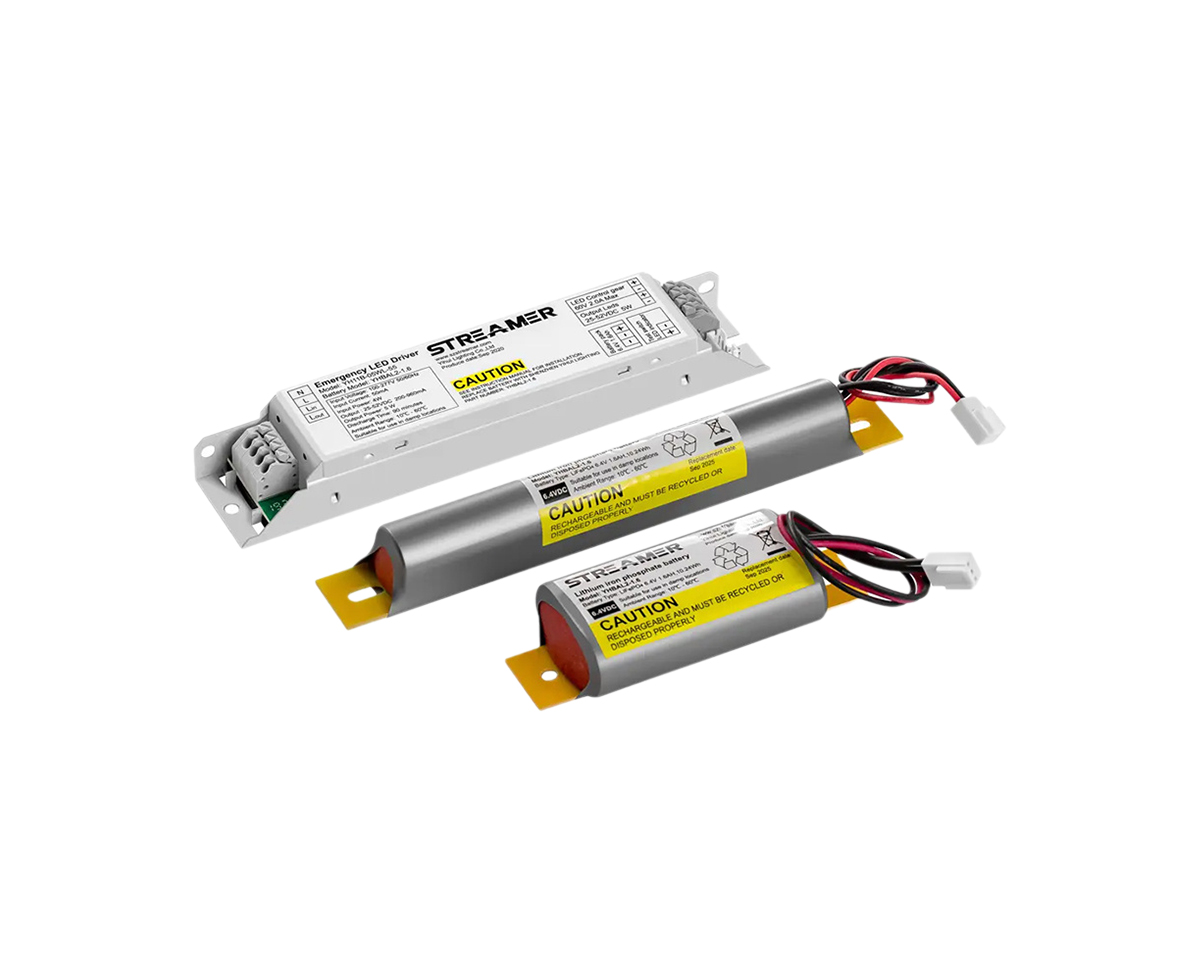 1
1
 Apr 04, 2025
Apr 04, 2025

LED drivers are a critical component in LED lighting systems, and their reliability directly impacts the performance and lifespan of the entire lighting system. A reliable LED driver ensures stable operation of the LEDs, consistent brightness, and protection against various electrical and environmental stresses.
One of the key factors affecting the reliability of LED drivers is the quality of components used. High - quality capacitors, inductors, resistors, and semiconductors are essential. Capacitors, for example, are used in many LED driver circuits for filtering and energy storage. Low - quality capacitors may have a short lifespan, especially under high - temperature conditions, and can cause the driver to malfunction. Electrolytic capacitors are particularly prone to drying out over time, which leads to a decrease in capacitance and ultimately affects the performance of the driver. Using high - grade, long - life capacitors, such as solid - state capacitors, can significantly improve the reliability of the driver.
The design of the driver circuit also plays a crucial role in its reliability. A well - designed circuit layout can minimize electromagnetic interference (EMI) and ensure proper heat dissipation. EMI can cause the driver to malfunction or interfere with other electronic devices in the vicinity. By carefully routing the traces on the printed circuit board (PCB) and using shielding techniques, the effects of EMI can be reduced. Heat dissipation is another important aspect. LED drivers generate heat during operation, and if this heat is not effectively dissipated, it can cause the components to overheat and fail. Proper thermal management, such as using heat sinks or designing the PCB with sufficient copper area for heat spreading, is necessary to maintain the operating temperature of the driver within a safe range.
The operating environment of the LED driver also impacts its reliability. Extreme temperatures, high humidity, and exposure to dust or chemicals can all degrade the performance of the driver over time. In outdoor applications, for example, the driver must be able to withstand wide temperature variations, from hot summer days to cold winter nights. Special coatings or encapsulations can be applied to the driver to protect it from moisture and dust. In industrial environments where there may be exposure to chemicals, the driver needs to be designed with materials that are resistant to corrosion.
Moreover, the control and protection features of the LED driver contribute to its reliability. Over - voltage protection, over - current protection, and thermal protection are standard features in most modern LED drivers. These protection mechanisms prevent the driver and the LEDs from being damaged in case of abnormal operating conditions. For instance, if the input voltage suddenly spikes, the over - voltage protection circuit will quickly cut off the power to the driver to prevent component damage. Regular maintenance and monitoring of LED drivers can also help to ensure their long - term reliability. This may involve periodic checks of the driver's performance, such as measuring the output current and voltage, and inspecting the components for signs of wear or damage.